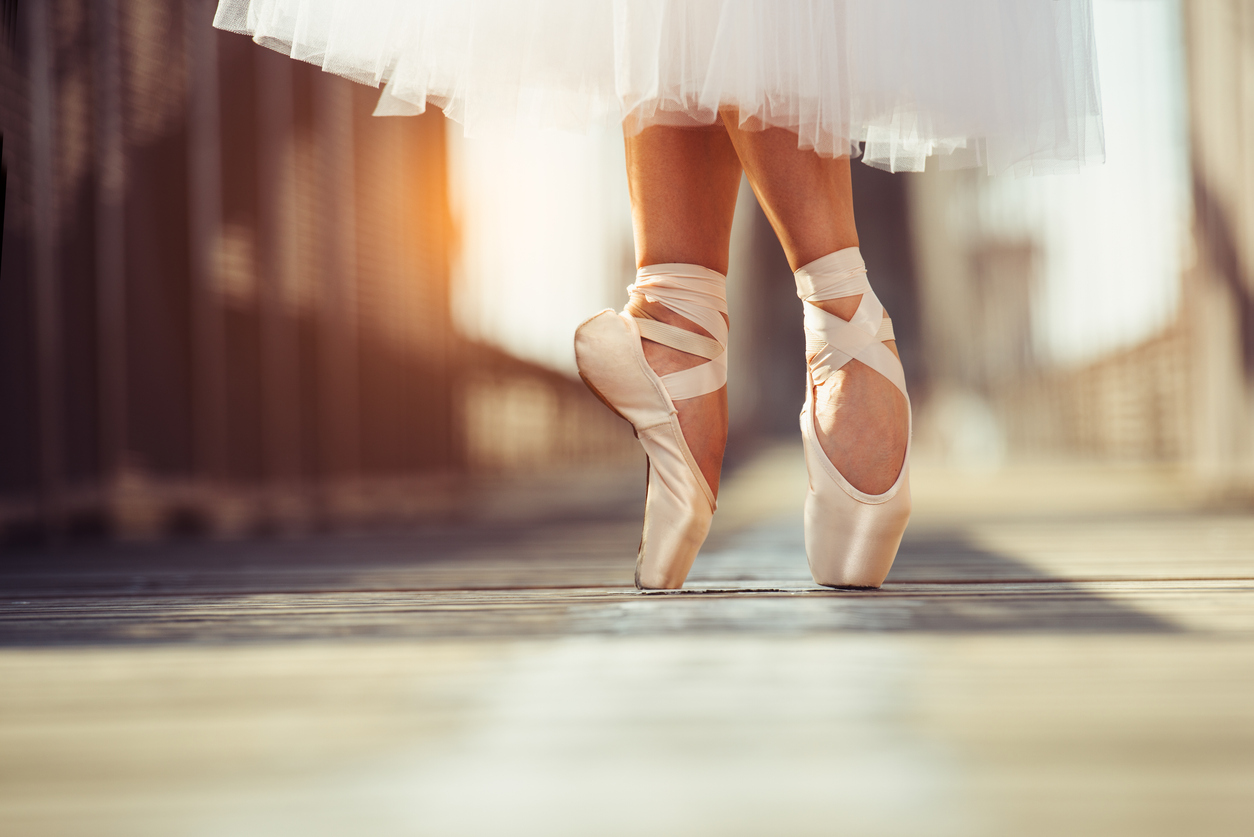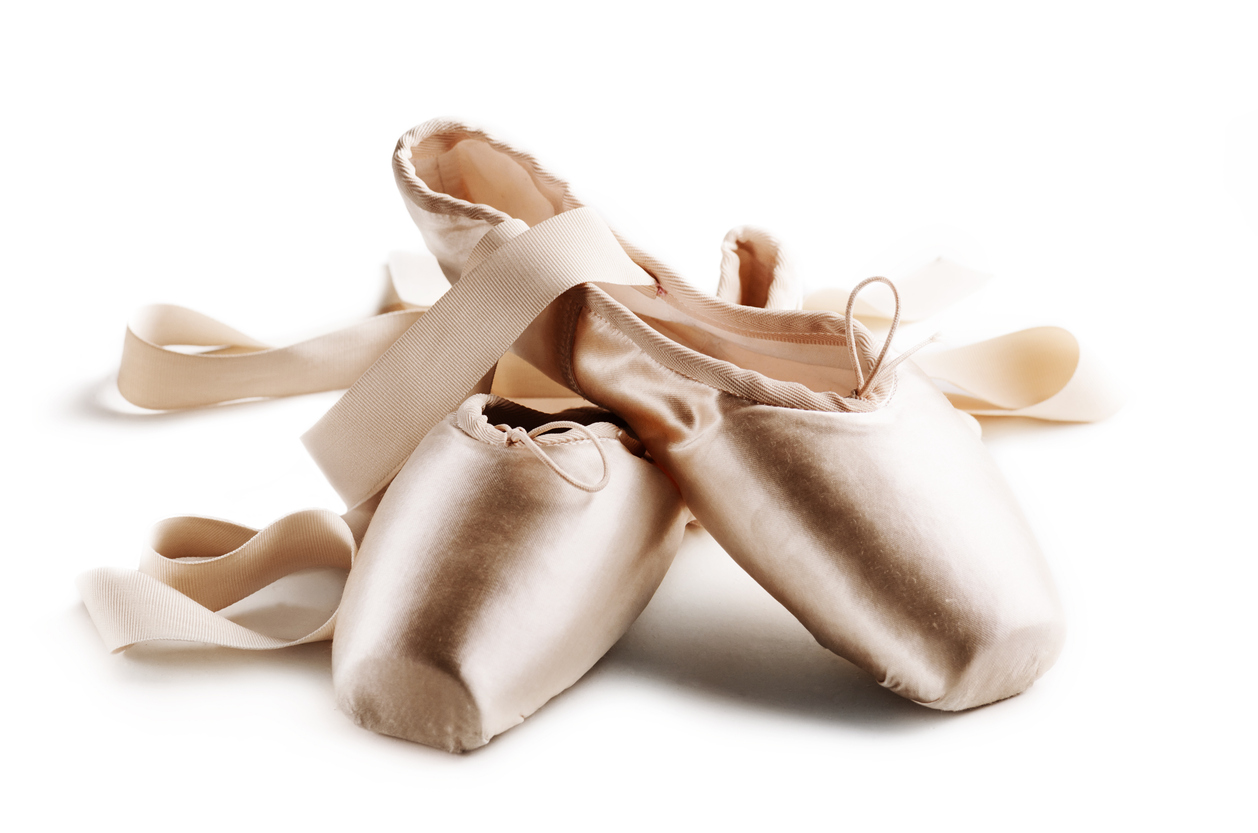After years of hard work and dedication, one of the most exciting days in the life of a ballerina is when they receive their first pair of pointe shoes. Most dancers begin with a soft sole ballet slipper, allowing them to build their strength, balance, and dance technique before they graduate to the more advanced ballet pointe shoe. This shoe can take years to master and is incredibly more complex than its unassuming appearance seems to suggest.
While their purpose is to allow dancers to appear weightless, pointe shoes are actually far less dainty than one might expect. But how are pointe shoes constructed? And how do dancers utilize the structure and composition of a pointe shoe? Let’s take a look!
The Design Of A Pointe Shoe
One of the most important elements of the pointe shoe is what’s known as the box. The box sits in the tip of the pointe shoe and holds the entire weight of the dancer when they are on their toes. While the name sounds rather aggressive, the box is actually just made of densely packed layers of fabric, cardboard, and/or paper hardened by glue.
Another structural feature that each pointe shoe has is referred to as the shank. This is a piece of rigid material, typically made from leather, plastic, cardstock, or layers of glue-hardened burlap, that serves to stiffen the sole, thus providing additional support to the arch of the foot when en pointe. The flexibility of the shank is determined by its thickness and the type of material used.
These internal structure elements are covered by fabrics to allow the shoe to look more graceful than the components otherwise suggest. Most pointe shoes are comprised of satin, with leather making up the sole and cotton cushioning the inside of the shoe.
Finally, two fabric ribbons and an elastic band are employed to secure the foot to the pointe shoe. While a precise wrapping technique is used to secure the ribbons to the foot, the elastic band actually serves to keep the heel in place when the dancer is en pointe.

Breaking In The Pointe Shoe
Each dancer has unique feet, which is why ballet shoe manufacturers offer several variations to accommodate the toe length and shape, the arch flexibility, and the mechanical strength of the dancer. But regardless of the specifications of the pointe shoe, the technique that each dancer follows for breaking in their shoes remains the same.
Similar to any other athletic footwear, such as skates or hiking boots, it’s important that the pointe shoe is broken in properly before the dancer uses them for a class or performance. Failure to do so could result in blisters, bruises, or general discomfort. Some methods of breaking in the shoes include:
- Darning the platform of the box to provide traction and stop the satin from fraying
- Pounding the box with a hammer to soften it
- Using a carpenter’s file to roughen the sole
- Lining the inside of the box with floor wax or shellac to mould the shoes
How The Pointe Shoes Are Used
The goal of the pointe shoe is to create the illusion of lightness and give the sense that the ballerina is floating on air. However, this ethereal appearance isn’t obtained without significant strength and training. When en pointe, a dancer’s entire weight is placed on their toes. The pointe shoe works to distribute the weight throughout the entire foot, thus reducing the load on the toes enough to enable the dancer to rest on fully vertical feet. This allows the dancer to sustain en pointe for a longer period of time.
